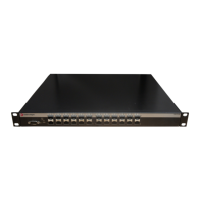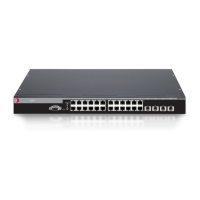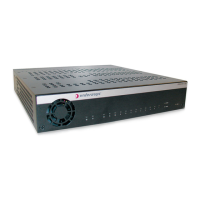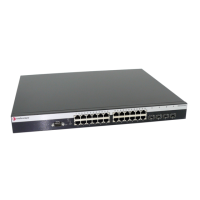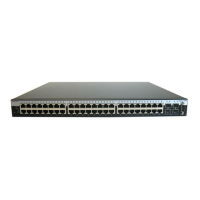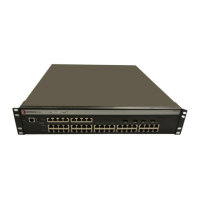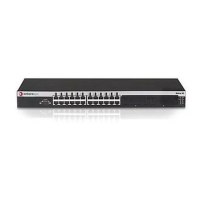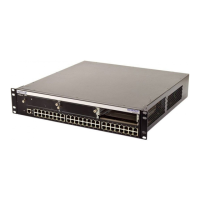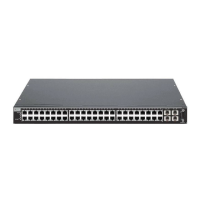Using the Command Line Interface
Enterasys C3 Configuration Guide 1-7
To establish a Telnet session:
1. Telnet to the switch’s IP address.
2. Enter login (user name) and password information in one of the following ways:
– If the switch’s default login and password settings have not been changed, follow the
steps listed in “Using a Default User Account” on page 1-7, or
– Enter an administratively-configured user name and password.
The notice of authorization and the prompt displays as shown in Figure 1-1.
For information about configuring Telnet settings, refer to “Starting and Configuring Telnet” on
page 3-32.
Refer to the instructions included with the Telnet application for information about establishing a
Telnet session.
Logging In
By default, the Enterasys C3 switch is configured with three user login accounts—ro for
Read-Only access, rw for Read-Write access, and admin for super-user access to all modifiable
parameters. The default password is set to a blank string. For information on changing these
default settings, refer to “User Account and Password Management” on page 5-1.
Using a Default User Account
If this is the first time you are logging in to the Enterasys C3 switch, or if the default user accounts
have not been administratively changed, proceed as follows:
1. At the login prompt, enter one of the following default user names:
– ro for Read-Only access.
– rw for Read-Write access.
– admin for Super User access.
2. Press ENTER. The Password prompt displays.
3. Leave this string blank and press ENTER. The switch information and prompt displays as
shown in Figure 1-1.
Using an Administratively Configured User Account
If the switch’s default user account settings have been changed, proceed as follows:
1. At the login prompt, enter your administratively-assigned user name and press ENTER.
2. At the Password prompt, enter your password and press ENTER.
The notice of authorization and the prompt displays as shown in Figure 1-1.
Note: Users with Read-Write (rw) and Read-Only access can use the set password command
(page 5-9) to change their own passwords. Administrators with Super User (su) access can use
the set system login command (page 5-6) to create and change user accounts, and the set
password command to change any local account password.
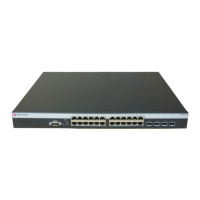
